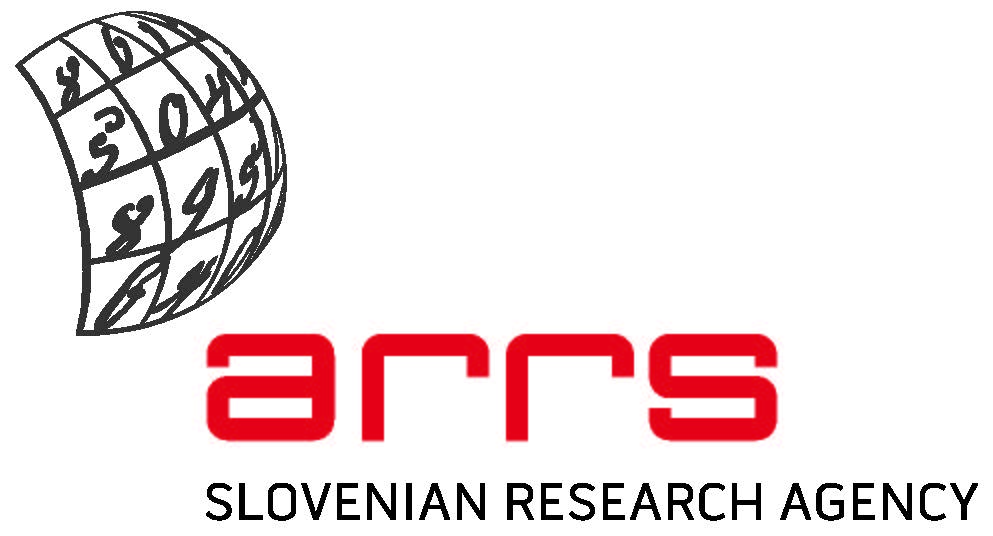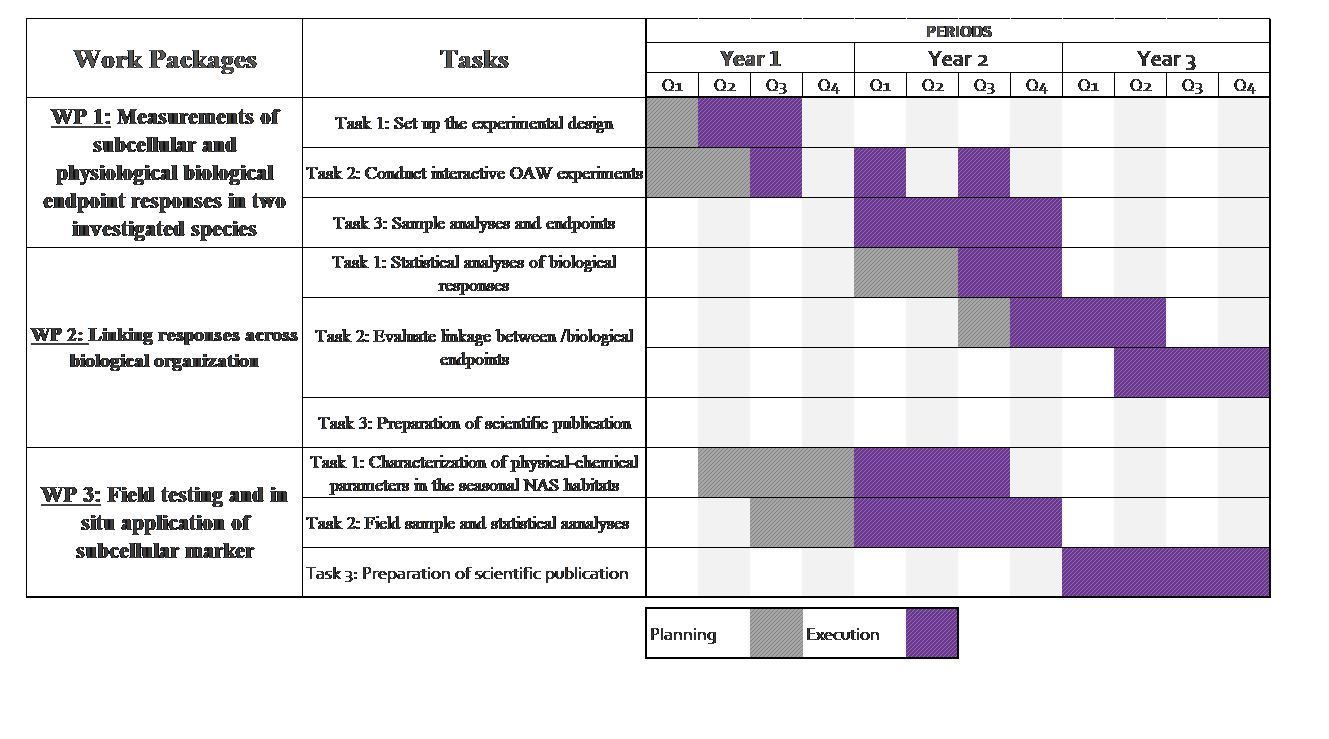Projects
Biotechnological Hub of the NIB (BTH-NIB)
The purpose of the investment project BTH-NIB is the assurance of the appropriate infrastructural conditions for the use of research and developmental opportunities in the fields of operation of the NIB.
Play Video About project Publication
Biomarkers of subcellular stress in the Northern Adriatic under global environmental change
Project coordinator: dr. Nina Bednaršek
Code: J1-2468
Duration: 1. 11. 2020 - 31. 10. 2023
Biomarkers of subcellular stress in the Northern Adriatic under global environmental change
The authors acknowledge the project J7-2599 was financially supported by the Slovenian Research Agency.
The authors acknowledge the project J7-2599 was financially supported by the Slovenian Research Agency.
The Northern Adriatic Sea (NAS) is a shallow eutrophicated region of the northern Mediterranean Sea that is continuously interacting with strong anthropogenic inputs of nutrients and rapidly changing warming (W). Since it was considered that carbonate-rich riverine inputs offer surface protection against ocean acidification (OA), biological studies in the NAS have not include OA in its stressor portfolio so far. However, seasonal stratification and intense remineralization can potentially expose the benthic habitats in the NAS to intense OA exposure, representing an additional physiological stress for the economically and ecologically important benthic species under future climate change scenarios. This work thus proposes to study the impact of ocean acidification and warming (OAW) on various life stages on two species; the economically important Mediterranean mussel (Mytilus galloprovincialis) with increased sensitivity to OAW, and ecologically important Mediterranean shore crab (Carcinus aestuarii, Nardo, 1847) that exhibits high adaptability and resilience in the coastal lagoon system.
Stressor response to environmental stress can induce the production of reactive oxygen species (ROS) and elucidate subcellular oxidative stress, with the changes evident in the mitochondrial integrity and cytoskeleton activity, both of which are the main determinant of organelle functionality and homeostasis. In the next stage, energy expenditure and compensatory energetic trade-offs can potentially cause fitness-related physiological
impairments in vulnerable species.
The goal of this work is to develop quantifiable relationships of OAW interactive stressorsin crabs and bivalves that provide essential information about the organism capacity of sustaining vital biological processes against the OAW-related energetic constraints in the NAS. The proposed measurements in this proposal thus focus at the lowest (sub)-cellular level (mitochondrial integrity, cytoskeleton activity, oxidative stress reactions), designating these changes as the subcellular markers of stress. I built on the inference that the assessment of these subcellular parameters can reveal the functional outcomes derived from complex arrays of altered genes and proteins that set limits for physiological function. To establish the linkage between subcellular, physiological and organismal responses, this work aims at integrating various measurements across different stages of biological organization. Such coupling provides insights into early warning responses, while increasing the certainty of predictions under climate change scenarios in the NAS. Seasonal variability and potential for multiple stressor dynamics in the NAS offer a natural laboratory to understand in situ applicability of the subcellular biomarkers of stress. This will help understand and visualize the most sensitive OAW habitats and temporal windows of the greatest organismal sensitivity. As such, biomarkers of stress can offer an application for in situ stress responses and be used to inform conservation efforts and aquaculture management practices related to climate change.
This project is multidisciplinary oriented, combining the expertise and state-of-the-art techniques in the subcellular biology, structural biology, marine ecophysiology, physical, chemical and biological oceanography, statistics. The collaboration with the experts in the specific area warranty high quality research, the design of different experiments and tasks and leveraging on the existing infrastructure and oceanographic surveys aim at providing multiple-layered results, while reducing the failure and uncertainty of the promised deliveries. The team is expecting to deliver several high impact factor peer-reviewed manuscripts and demonstrating the applicability of the developed biomarker methods for biological monitoring across habitats and spatial scales.
The project is entirely funded by ARRS, the Ales Debeljak Foundation

Researchers: link to database SICRIS .
Information about the project: link to database SICRIS .

Researchers: link to database SICRIS .
Information about the project: link to database SICRIS .


 Scope of NIB's accreditation is given in the Annex to the accreditation certificate and in the List of accredited methods for detection of GMOs and microorganisms – plant pathogens
Scope of NIB's accreditation is given in the Annex to the accreditation certificate and in the List of accredited methods for detection of GMOs and microorganisms – plant pathogens Holder of National Standard in the Field of Amount of Substance/Bioanalysis of Nucleic Acids/GMOs and Microorganisms
© 2023- National institute of biology, all rights reserved

